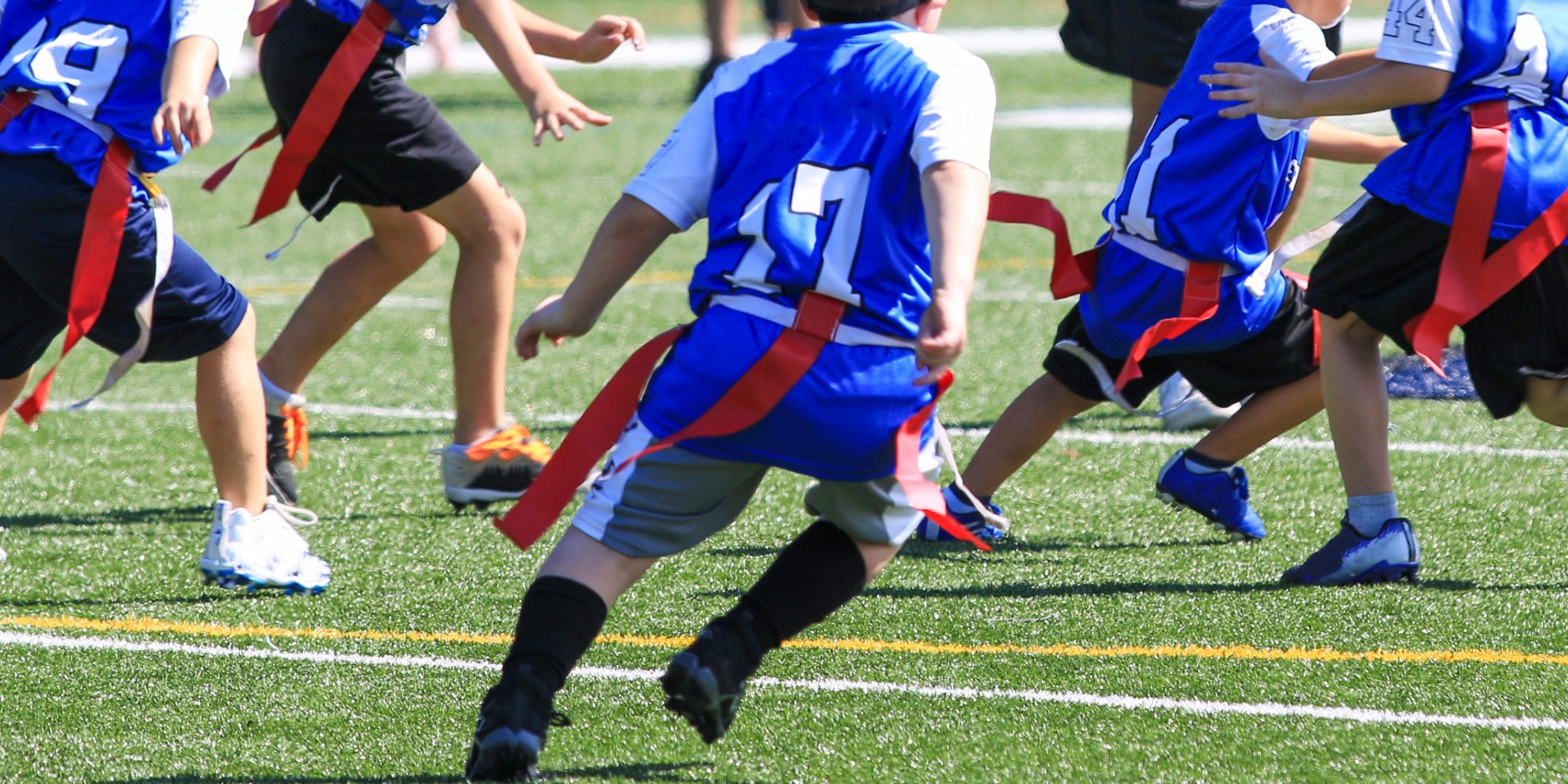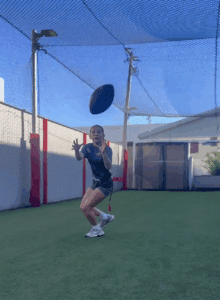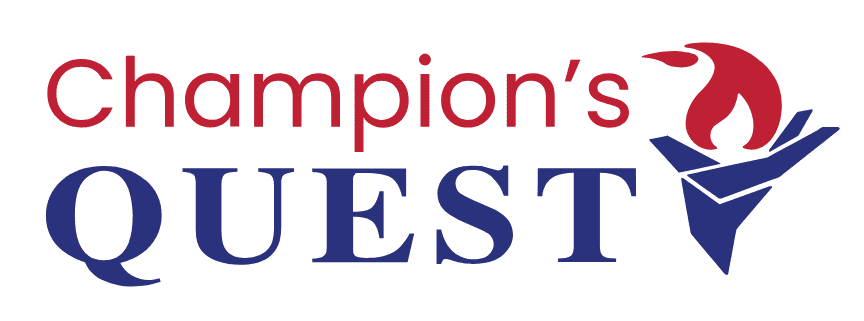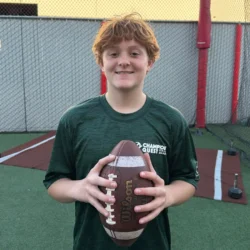
Hand-eye coordination training for flag football players
By: Reggie Ward
Flag football is one of the fastest-growing youth sports, especially for girls ages 6 to 17. While it is a non-contact sport, it demands just as much precision and focus as traditional football. At the heart of that precision is hand-eye coordination, a skill every player must develop to perform well on the field.
This article, the first in a four-part series, explains why hand-eye coordination matters in flag football and how Champion’s QUEST helps young athletes improve this vital skill.
What is hand-eye coordination?
 Hand-eye coordination is the ability to use the eyes and hands together to catch and secure an object. In flag football, this means reacting quickly to the ball, tracking its path, and making precise movements to throw or catch under pressure.
Hand-eye coordination is the ability to use the eyes and hands together to catch and secure an object. In flag football, this means reacting quickly to the ball, tracking its path, and making precise movements to throw or catch under pressure.
The mechanics of throwing and catching in flag football are nearly identical to tackle football. The difference is that players must rely on sharper timing and accuracy since contact is limited.
Key Offensive Roles That Depend on It
Two positions showcase the importance of hand-eye coordination:
- Quarterback: Must grip the ball correctly, read coverage, and release at the right time.
- Receiver: Must track the ball in flight, react quickly, and use the proper hand position to secure the catch.
When both roles are in sync, passes are accurate, receptions are clean, and drives are successful.
 Hand-eye coordination is the ability to use the eyes and hands together to catch and secure an object. In flag football, this means reacting quickly to the ball, tracking its path, and making precise movements to throw or catch under pressure.
Hand-eye coordination is the ability to use the eyes and hands together to catch and secure an object. In flag football, this means reacting quickly to the ball, tracking its path, and making precise movements to throw or catch under pressure.
The mechanics of throwing and catching in flag football are nearly identical to tackle football. The difference is that players must rely on sharper timing and accuracy since contact is limited.
Key Offensive Roles That Depend on It
Two positions showcase the importance of hand-eye coordination:
- Quarterback: Must grip the ball correctly, read coverage, and release at the right time.
- Receiver: Must track the ball in flight, react quickly, and use the proper hand position to secure the catch.
When both roles are in sync, passes are accurate, receptions are clean, and drives are successful.
How Champion’s QUEST trains hand-eye coordination
At the Champion’s QUEST Football Academy in Los Alamitos, CA, we use focused drills to sharpen this skill in young athletes. Our four main training methods include:
- Reaction drills: Quick turns and timing to stay sharp under pressure.
- Hand position training: Catching above and below the waist.
- Agility route running: Linear and lateral movement to mimic game situations.
- Live I.Q. sessions: Coverage recognition and route tree review with quarterbacks.
These drills help players build the focus, timing, and awareness needed to compete at higher levels.
Why parents should care
Parents often look at speed or strength, but hand-eye coordination is just as important for consistent performance. Developing this skill reduces dropped passes, sharpens game awareness, and helps athletes make better split-second decisions. Building these habits early prepares players to excel in middle school, high school, and beyond.
Take the next step
Champion’s QUEST proudly trains athletes from Los Alamitos, Cypress, Seal Beach, Lakewood, Long Beach, and throughout Orange County. If you want to help your child improve their skills and confidence in flag football, now is the time to start.
Book a free consultation today and see how Champion’s QUEST can help your athlete achieve excellence.

